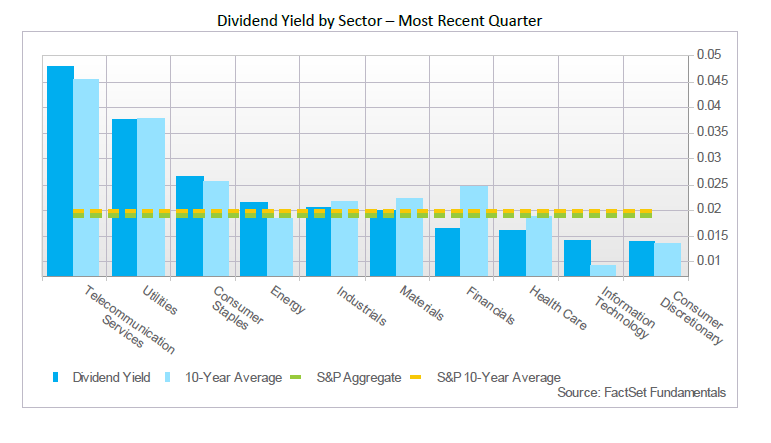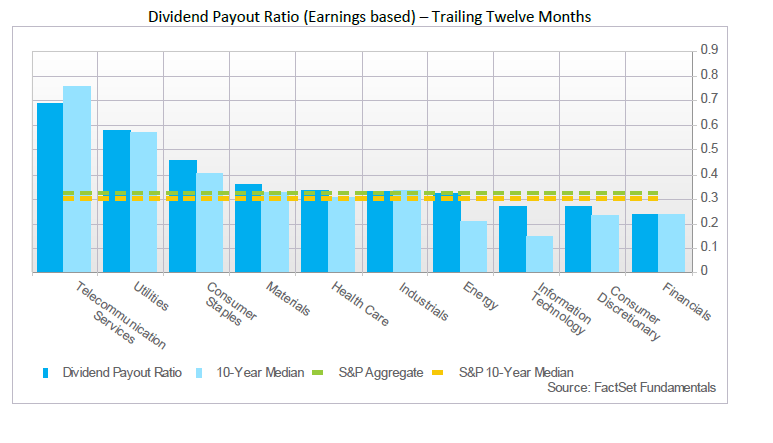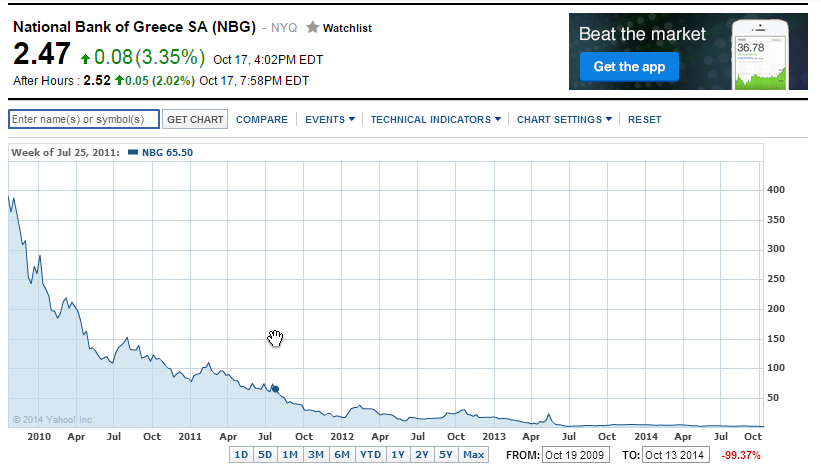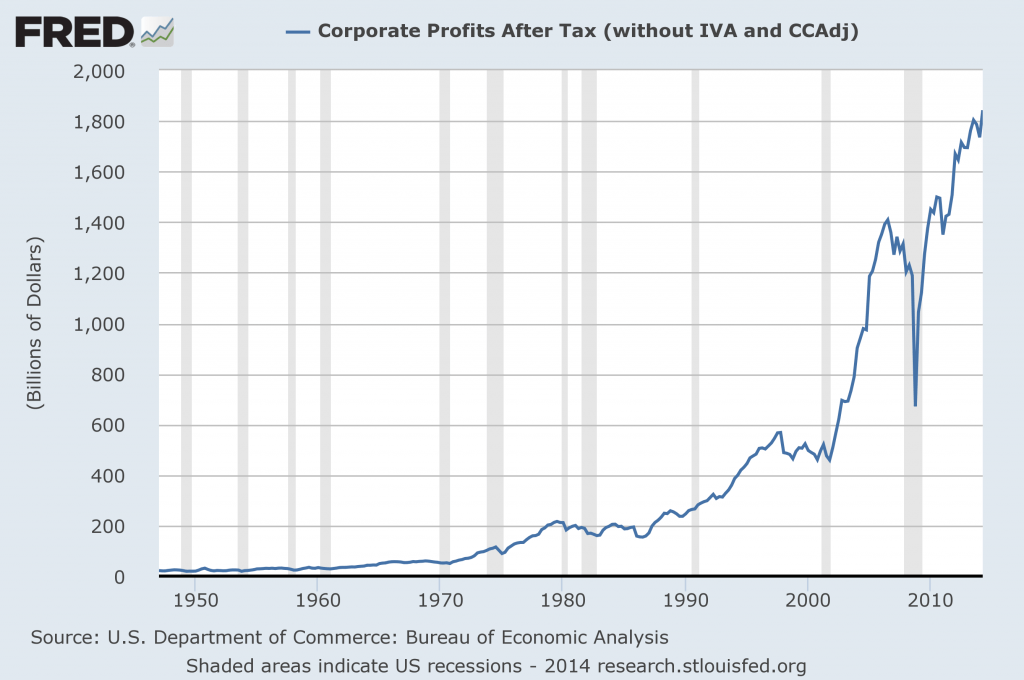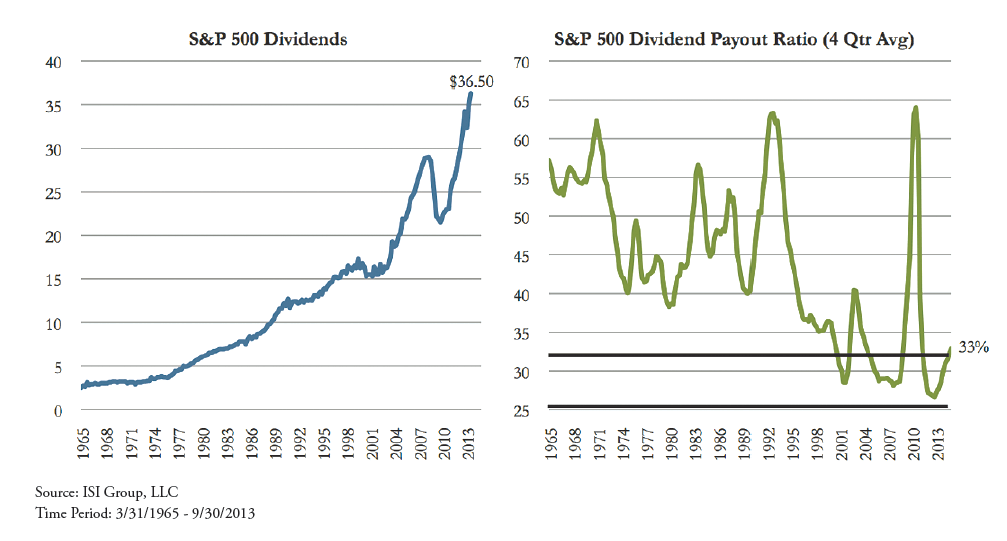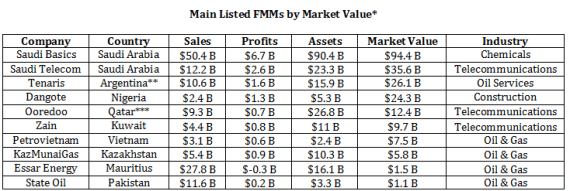One of the important factors that U.S. investors investing in foreign stocks have to consider is the withholding tax on dividends levied by the country where the foreign company is based. Governments charge this tax on dividends paid out to foreigners in order to generate additional tax revenues.However there are a few countries which do not levy this tax on US investors. So investors hunting for foreign dividend stocks can consider investing in some of the companies from these countries.
Investing in foreign stocks should not be avoided just because of the dividend withholding tax.This is because generally US investors can recover the dividends they paid to foreign governments in the form of a tax credit when they file their tax returns each year. But this credit is easy to claim only when the amount claimed is under a certain limit such as $600 for joint filers.If an investor paid a much higher amount like for example $10,000 in dividend withholding taxes to foreign governments and wants to apply for credit, then they have to file the complex IRSForm 1116.
The number of countries that have no dividend withholding tax for US investors continues to decline as more and more governments are looking to ding foreigners with this tax. India, Singapore and UK are three countries that do not charge this tax for American investors. Ten ADRs from these three countries are listed below with their current dividend yields. Dividends paid out by only UK corporations have a withholding tax rate of 0% . Dividends paid by UK REITs have a 20% tax.
1.Company: DBS Group Holdings Ltd (DBSDY)
Current Dividend Yield: 4.80%
Sector: Banking
Country: Singapore
2.Company: United Overseas Bank Ltd (UOVEY)
Current Dividend Yield: 1.84%
Sector: Banking
Country: Singapore
3.Company: Singapore Telecom (SGAPY)
Current Dividend Yield: 7.37%
Sector: Telecom
Country: Singapore
4. Company:Keppel Corp (KPELY)
Current Dividend Yield: 4.49%
Sector: Industrial Conglomerate
Country: Singapore
5.Company: HDFC Bank Ltd (HDB)
Current Dividend Yield: 0.70%
Sector: Banking
Country: India
6.Company: ICICI Bank Ltd(IBN)
Current Dividend Yield: 0.68%
Sector: Banking
Country: India
7.Company:Diageo PLC (DEO)
Current Dividend Yield: 2.99%
Sector: Beverages
Country: UK
8.Company: AstraZeneca PLC (AZN)
Current Dividend Yield: 4.09%
Sector: Pharmaceuticals
Country: UK
9.Company: Vodafone Group PLC (VOD)
Current Dividend Yield: 4.06%
Sector: Wireless Telecom
Country: UK
10.Company: British American Tobacco PLC (BTI)
Current Dividend Yield: 4.34%
Sector:Tobacco
Country: UK
Note: Dividend yields noted above are as of Oct 17, 2014. Data is known to be accurate from sources used.Please use your own due diligence before making any investment decisions.
Disclosure: No Positions
